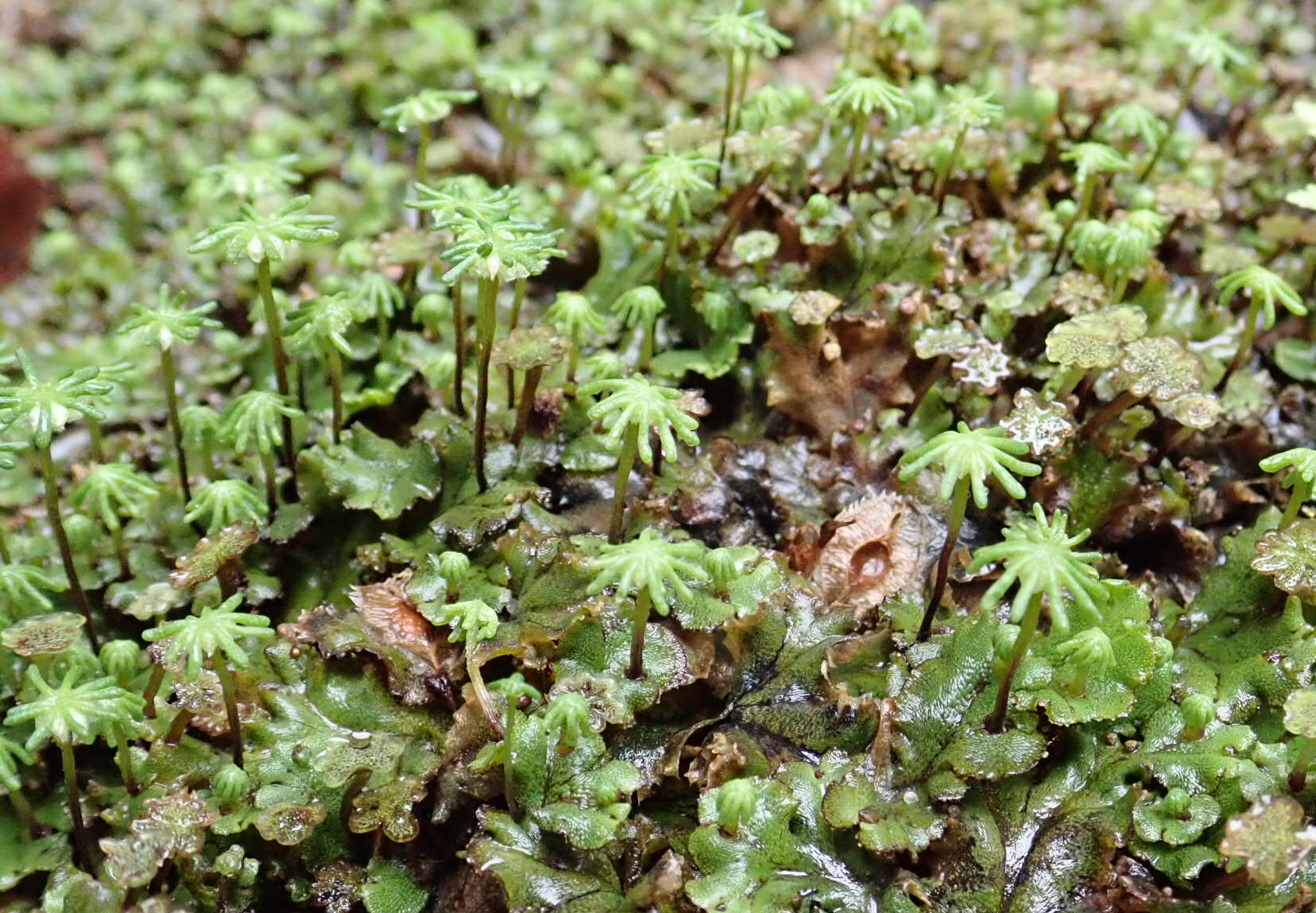
Resources & Links
Photo By: Jessica Budke
Digitization Resources
| Integrated Digitized Biocollections (iDigBio) | https://www.idigbio.org/ | National resource for digitized information about vouchered natural history collections |
| GLOBAL iDigBio Wiki | https://www.idigbio.org/wiki/index.php/Building_a_global_consortium_of_bryophytes_and_lichens:_keystones_of_cryptobiotic_communities | Wiki page for GLOBAL TCN project |
| National Science Foundation (NSF) | https://www.nsf.gov/ | Independent agency of the US government supporting fundamental research and education in all the non-medical fields of science and engineering |
| Symbiota | https://symbiota.org/docs/ | Open source content management system for curating specimen- and observation-based biodiversity data. |
| Biodiversity Information Standards (TDWG) | https://www.tdwg.org/ | Non-profit organization and community dedicated to developing biodiversity information standards |
| Index Herbarorium | http://sweetgum.nybg.org/science/ih/ | Global directory of herbaria and their associated staff developed by the New York Botanical Gardens |
Biodiversity Data Aggregators
| Global Biodiversity Information Facility (GBIF) | https://www.gbif.org/ | An international network and data infrastructure funded by the world’s governments and aimed at providing anyone, anywhere, open access to data about all types of life on Earth |
| Distributed System of Scientific Collections (DISSCO) | https://www.dissco.eu/ | A new Research Infrastructure (RI) for natural science collections; works for the digital unification of all European natural science assets |
| National Ecological Observatory Network (NEON) | https://biorepo.neonscience.org/portal/ | Open access ecological data from monitoring sites across the US |
| DataONE | https://www.dataone.org/ | Platform for environmental and ecological science, to preserve and provide access to multi-scale, multi-discipline, and multi-national data |
| Biodiversity Heritage Library | https://www.biodiversitylibrary.org/ | World’s largest open access digital library for biodiversity literature and archives |
| NPSpecies | https://irma.nps.gov/NPSpecies/ | Occurrence and status of species on National Park Service lands |
| Atlas of Living Australia | https://www.ala.org.au/#tab_pane-C | Open access to Australia’s biodiversity data |
| The Australasian Virtual Herbarium | https://avh.chah.org.au/ | Access to the wealth of plant specimen data held by Australian and New Zealand herbaria |
| Canadensys | https://www.canadensys.net/ | A Canada-wide effort to make the biodiversity information held in biological collections accessible to everyone |
| Swedish Virtual Herbarium | http://herbarium.emg.umu.se/ | Joint search page for Sweden’s six largest herbaria |
| China National Specimen Information Infrastructure (NSII) | http://nsii.org.cn/2017/home-en.php | An online sharing infrastructure including digital information of China’s biological and geological specimens |
| Centro de Referência em Informação Ambiental (CRIA) | http://www.cria.org.br/ | Reference center for environmental information about Brazil’s biodiversity |
Professional Associations
| International Association of Bryologists (IAB) | https://bryology.org/ | Organization promoting international cooperation and communication among all persons interested in the biology of bryophytes |
| International Association for Lichenology (IAL) | http://www.lichenology.org/ | Organization promoting the study and conservation of lichens |
| American Bryological and Lichenological Society (ABLS) | https://sites.google.com/a/abls.org/abls/ | Organization devoted to the scientific study of all aspects of the biology of bryophytes and lichen-forming fungi |
| The Society for the Preservation of Natural History Collections (SPNHC) | https://spnhc.org/ | International organization devoted to the preservation, conservation and management of natural history collections |
| Society of Herbarium Curators | https://www.herbariumcurators.org/ | Organization uniting the world’s herbarium professionals in discussion, training, action, and support for the benefit of herbaria, science, and society |
